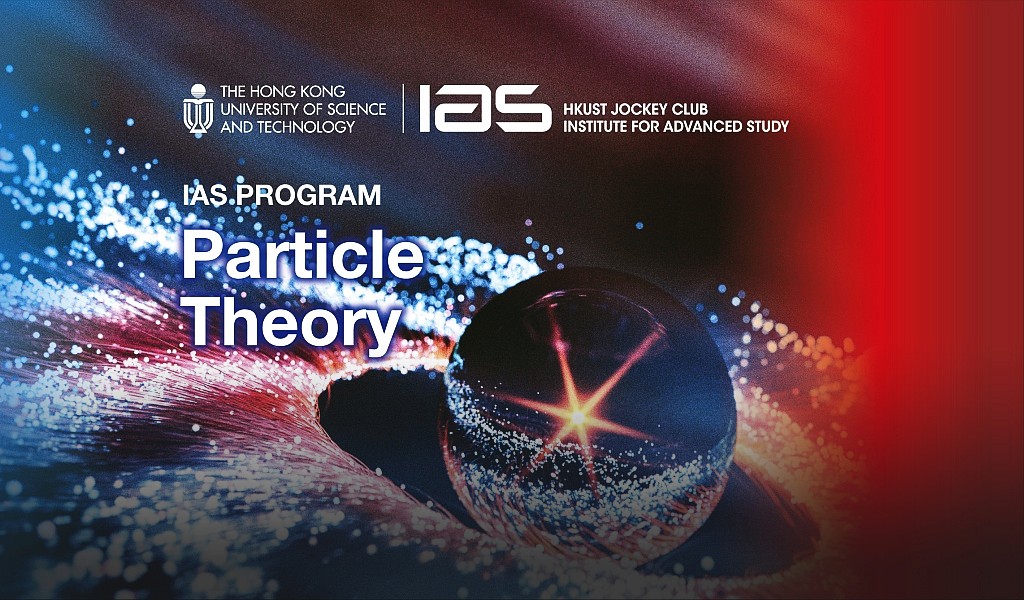The Vainshtein Mechanism as a Duality of the Particle Creation Process of Black-holes
Abstract
Massive gravity theories at the linear level are excluded by observational tests. However, the Vainshtein mechanism is able to recover the predictions of General Relativity at scales near the sources. The extra-degrees of freedom of the theory then become relevant at scales larger than the Vainshtein radius (rV). If all the degrees of freedom of the theory are inside the dynamical metric, the mechanism just appears as a recovery of the Birkhoff theorem for scales near the source and as a recovery of the cosmic-no hair conjecture at cosmological scales (if the cosmological constant is included in addition to the extra-degrees of freedom of the theory).
When the particle creation process of black-holes is considered, the Vainshtein mechanism operates as a duality of the process with the scale of duality given by the rV. The duality suggests that what is considered as a screening effect in one side of the boundary rV, is equivalent to a particle creation process at the other side. From the path integral point of view, this is equivalent to say that the periodicity associated to the usual notion of time (t) is not necessarily the same periodicity associated to the "gauge" function containing the information of the extra-degrees of freedom. This create the effect of extra-particle creations for observers located at scales larger then the Vainshtein radius and defining the time in an arbitrary "direction".



